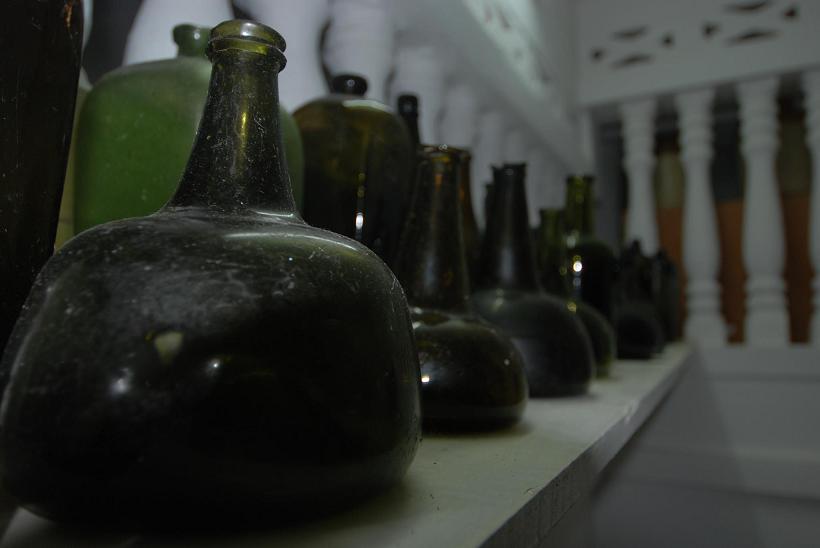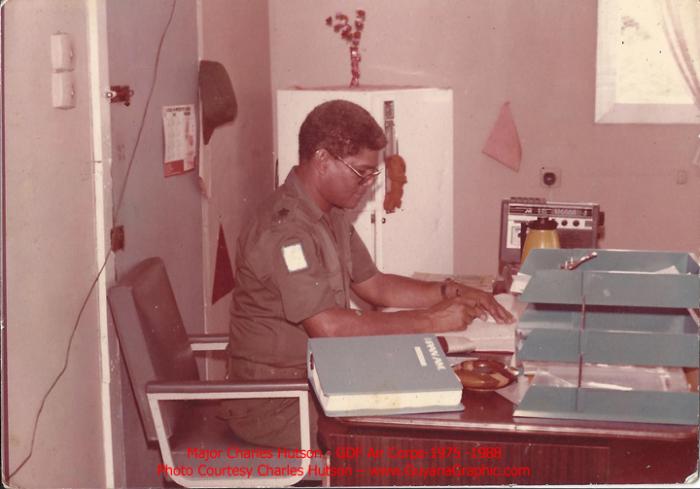The Dutch were in what’s now Guyana from 1595, and they remained in Suriname until 1975. Across the ‘Wild Coast’ is extraordinary evidence of their lives. Throughout the creeks there are flagons, demijohns, hand-blown wine bottles, decanters, crocks, pots and flasks. But mostly it’s gin. These ones are owned by Gary Serao, who told me there were flasks everywhere: the Dutchmen liked his gin. Perhaps it was more than this. If it’s possible to read history from the rubbish, then a curious picture emerges: by the 1780s, the planters are living a life of luxury, up to their eyeballs in gin, and fabulously dissolute.
Here is how the Dutch planter’s day began c 1780 … He rose at six, when his coffee or chocolate was waiting. He then summoned his girls on an ivory whistle that was always to hand. The finest young slaves attended but they did not wash him. In contrast to the cleanliness of his house the Dutchman prefered only to have himself dabbed with a napkin dipped in a glass of water. His was not an impressive physique. He weighed around eight stone, and his body was ‘generally exhausted’ by the climate and the vice. In the language of the slaves, there was a term for this: wishi-wassi. It meant ‘being Europeanised’, or enfeebled like a white. As his slaves dressed him, he enjoyed a pipe and a flask of gin. A typical outfit might have included the very best Holland trousers, white silk stockings, red or yellow Morocco slippers and a nightgown of chintz. He would then wear a nightcap ‘as thin as a spider’s web’, and over that a beaver hat. If he was not going out, he’d have breakfast with his cringing slave-master, the baas or ‘overseer’. They would have had bacon, broiled pigeons, plantains, cheese, Madeira, Rhenish and Moselle, all the while being fanned by the most beautiful of slaves.
You can read more about the maroons in my book, Wild Coast






